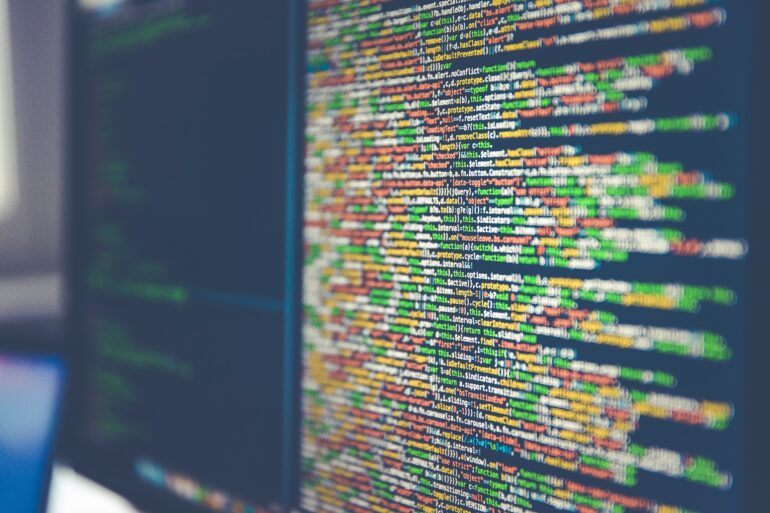TL;DR:
- Large language models (LLMs) are revolutionizing software development by enhancing automation and code generation.
- Concerns exist regarding the quality of AI-generated code, leading to potential technical debt.
- AI is making self-correcting code a reality, enabling programs to identify and fix bugs in real-time.
- Initiatives by tech giants like Google are leveraging AI to streamline code reviews and propose automated edits.
- Managing technical debt is a critical challenge in software development, and AI can play a significant role.
- Developers must maintain an active role in overseeing AI processes to ensure code quality and reduce technical debt.
Main AI News:
The realm of software development is on the brink of a remarkable revolution, courtesy of artificial intelligence (AI). Specifically, large language models (LLMs) are showcasing their prowess in enhancing and automating various aspects of this process. Of particular significance are the domains of automatic code generation and autocorrect, which are rapidly gaining traction.
BALANCING QUALITY AND QUANTITY: THE AI-GENERATED CODE DILEMMA
Leveraging LLMs enables the rapid generation of copious amounts of code. However, concerns regarding the quality of automatically generated code have raised apprehensions among software engineers. An LLM has the potential to produce thousands of lines of code, making it arduous to thoroughly review and validate, thereby resulting in a backlog of substandard code or what is commonly referred to as “technical debt.”
EMBRACING THE PROMISE OF SELF-CORRECTING CODE
The concept of self-healing code has long tantalized the field of software engineering. When a program encounters a bug, it presents an error message that precisely pinpoints the issue and offers suggestions for resolution. Now, thanks to the ascendance of artificial intelligence, this elusive concept is inching closer to practical realization.
In the current landscape, numerous initiatives are leveraging AI to streamline code reviews and propose automated edits. An exemplary instance is an implementation by tech behemoth Google of an AI coding assistant that proffers edits in response to feedback from code reviewers.
Conversely, ongoing experiments are exploring the application of this review capability to code being deployed. These pioneering endeavors investigate the possibility of programs autonomously correcting themselves during production in real time—a revolutionary notion known as “self-healing code.”
TACKLING TECHNICAL DEBT: AI AS AN ALLY
The presence of technical debt, and the concealed cost arising from opting for expedient and simplistic coding solutions over optimal ones, remains a perpetual challenge in software development. Some groundbreaking initiatives are delving into how AI can assist in managing this predicament.
As AI continues to advance, it is imperative for developers to maintain an active role in overseeing the process. While AI undoubtedly wields immense power, the absence of human guidance and expertise runs the risk of generating code of subpar quality, thereby exacerbating technical debt. AI undeniably plays a pivotal role in software development, but it must always operate under the watchful eye of its human counterparts.
Conclusion:
The integration of artificial intelligence, particularly large language models, is reshaping the software development landscape. While AI brings advancements in code generation and self-correction, concerns about code quality and technical debt remain. The ability of AI to streamline code reviews and suggest automated edits presents opportunities for greater efficiency.
However, it is crucial for developers to exercise vigilance and maintain human oversight to mitigate the risks associated with generating low-quality code. By striking a balance between AI-driven automation and human expertise, the market can harness the transformative power of AI while ensuring the delivery of high-quality software products.

